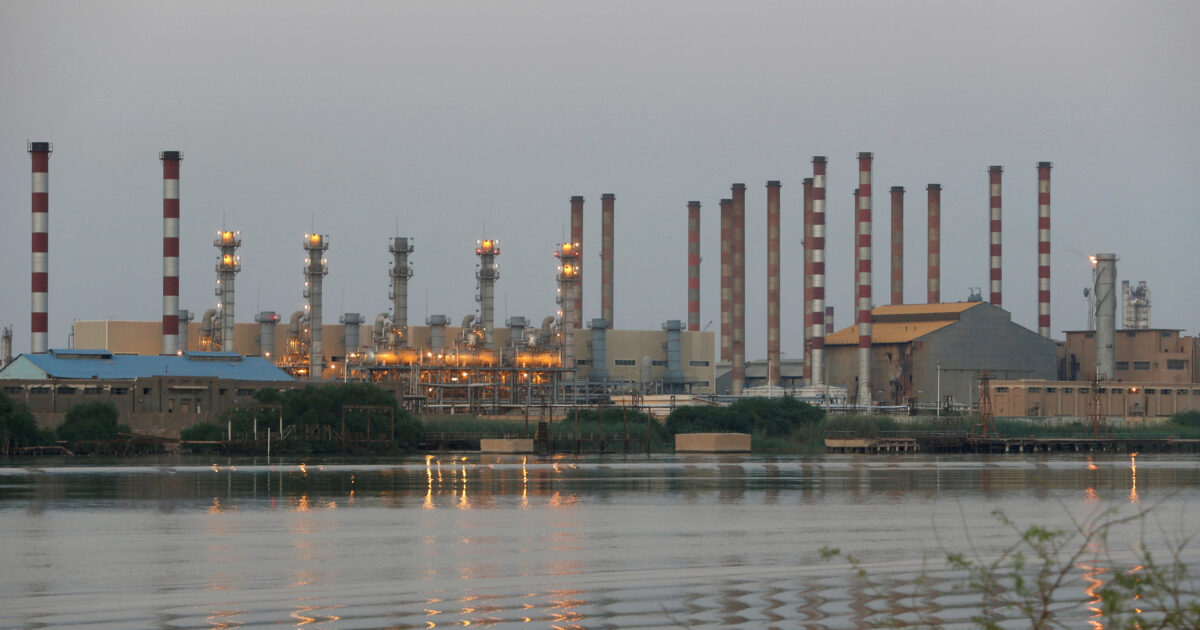Exports oil of Iran They have increased sharply since the nation was attacked by Israel on Friday (13.6.2025), according to a company specializing in monitoring illegal shipping.
The Islamic Republic exported an average of 2.33 million barrels a day since June 13, according to Tankertrackers. This is an increase outside 44%, Bloomberg transmits, compared to the annual measurement by June 12. The lion’s share of this oil comes from the island of Kharg, where there is a cluster of storage tanks that are critical infrastructure for Iran.
Tel Aviv’s attack has risening crude prices and tanker fare fare, as traders and investors bet on the disruption of oil flows and cargo flows from the world’s leading oil -producing region.
“For me, it seems very clear what they are doing,” said Tankertrackers co -founder Samir Madani about Iran’s approach. “They try to get out as many barrels as they can, but with security as a top priority.”
Tankertrackers specializes in the Satellite Image Inspection to address gaps in the main tool of industry to monitor ship movements, the so -called automatic recognition signals. This is useful when it comes to Iran, because many ships connected to the country’s trade have turned off their automatic broadcasts, making it more difficult to monitor.
There is no evidence that Israel attacked Iran’s oil export infrastructure. However, if Tehran was worried that the situation could be changed, then maximizing exports would be a way to maintain traditions and revenue from oil from them – at least in the short term.
Oil is stored in narrowly packaged storage tanks in Kharg, making it more vulnerable to attacks than cargoes on ships scattered in the Persian Gulf or head to China.
Satellite images in the area southeast of Kharg, where tankers usually wait before they load, show that empty ships have been scattered since the Israeli attacks began.
Iran adopted a similar strategy of scattering tankers they were expecting when it was previously an Israeli attack in October. And then he continued his exports without interruption.
In another sign that flows are not limited by the wider Middle East area, monitoring of tankers brought together by Bloomberg shows no significant change in oil transport through the hormoz. There has also been no substantial adjustment to the speeds at which ships cross the floating road, which is about one -fifth of the oil produced worldwide.
